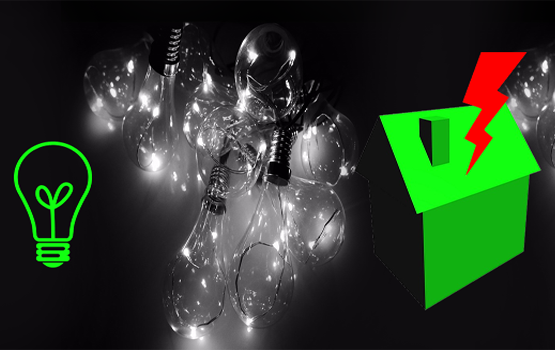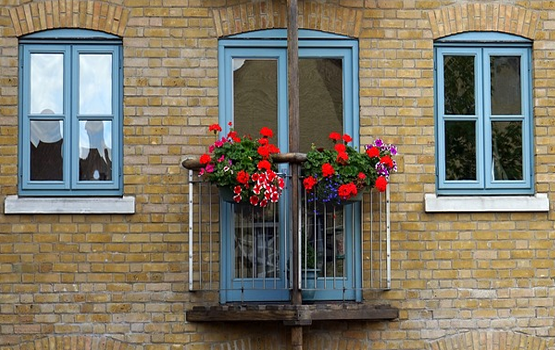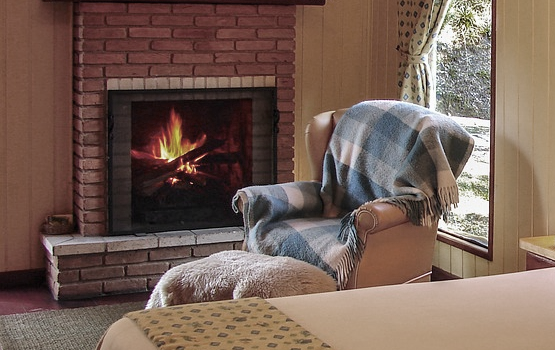Improving Heating Efficiency
If you decide to change your heating system, you'll have to consider what type of fuel you want to use. Cost and availability of fuel is usually the deciding factor. If you're keeping your present system, here are a few ways you can improve its operation.
- Turning down the thermostat is a good way to save heat. There are several brands of programmable thermostats on the market today that will regulate your home's temperature.
- Hot air ducts are notorious wasters of heat and money. If your basement feels too warm, too much heat is probably seeping out of your ducts. You can seal all joints and seams in the ducting with vinyl duct tape. Some ducts registers empty into the basement and these should be sealed or closed if they are not needed.
- Ducts that run through unheated basements or attics should always be insulated. Fiberglass batting or commercial duct wrap can be used.
- Make sure both return air grills and supply registrars are kept free from any obstruction, including drapes and furniture. With forced air-systems, the furnace filters should be changed regularly.
- With hot water systems, the exposed accessible heating pipes should be insulated with flexible foil-faced fiberglass at least 19 mm thick. A rigid, foil-faced insulating board between the wall and the radiator will reflect much more heat into the room.
- Some old hot water systems rely on gravity to circulate the water, and adding a circulating pump to the system can lead to potential fuel savings of as much as 30 percent.
- If there is an aquastat on the boiler, (a water temperature control) the water temperature can be reduced to about 49 celsius or 120 Fahrenheit during warmer parts of the heating season. This reduced setting will prevent overheating your house in the spring and fall.
- A more expensive option is to install an automatic aquastat to reduce water temperature as the outdoor temperature rises. (If your boiler is made of stainless steel, or if your main boiler also heats your domestic hot water, you shouldn't reduce the water.
- "Downsizing" your oil furnace can reduce fuel bills by seven to 10 per cent. Downsizing means reducing the firing rate by changing the burner nozzle to a smaller size.
- Retention head burners that can save as much as 20 to 25 per cent of your fuel can also be added to some furnace units. Retention head burners mix the air and oil spray very quickly which permits the combustion of oil with less air. Less air entering the burner means that less heat escapes out the chimney.
Note: If you think you might be having problems with household air supply, contact a registered heating contractor for advice. If the problem turns out to be inadequate air supply, the contractor will be able to find ways to bring in outside air. There are specific requirements for this which depend on the type of system you have.
Read related information: Your Heating System
Source: Ontario Real Estate Association
HELPFUL LINKS:
Energy Efficient Home
Learn how to improve home energy efficiency, make your home more comfortable, and save money without expensive upgrades or months of renovations. Use our tips and slash your energy bills without sacrificing comfort. Read more...
Windows & Doors
Worn and torn weather stripping around windows and doors waste energy when heating and cooling your home. Since 6 to 10 percent of a home's energy loss occurs around windows and doors without proper airtight seal, it is good idea to check for drafts by holding a lit candle around window frames and doors. If candle flickers, you have a draft and need to replace or install weather stripping and caulking around windows and doors. It is also good idea to add a door sweep. Read more...
Heating Tips
Programmable thermostats can help you cat your energy bill by 10 percent or more. They can be set to automatically turn down the temperature for any number of hours during a day or night, either when you're not home or when you're sleeping. They are now cheaper than ever, with models starting under $30. Also, make sure your thermostat is on the right wall.
Read more...


